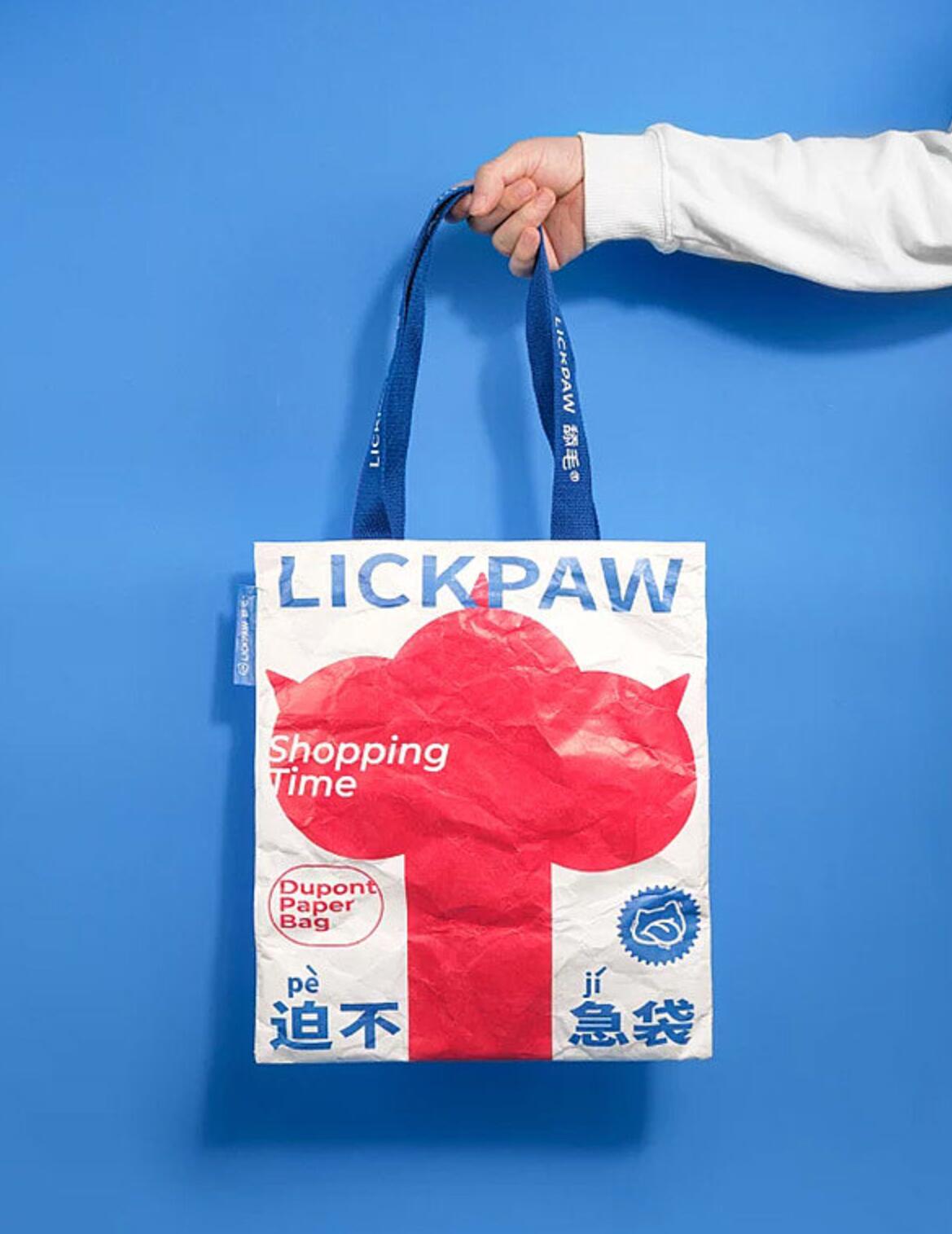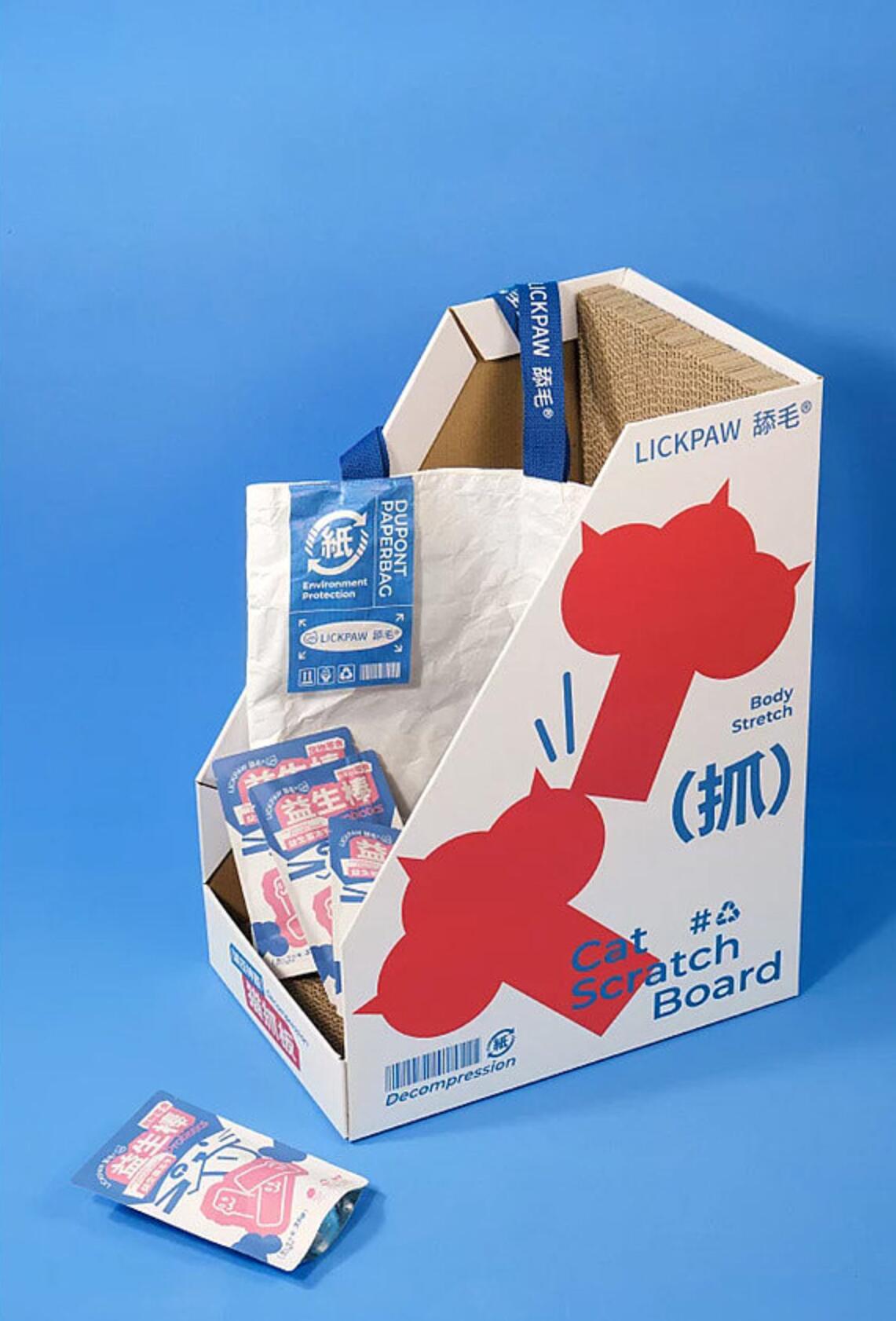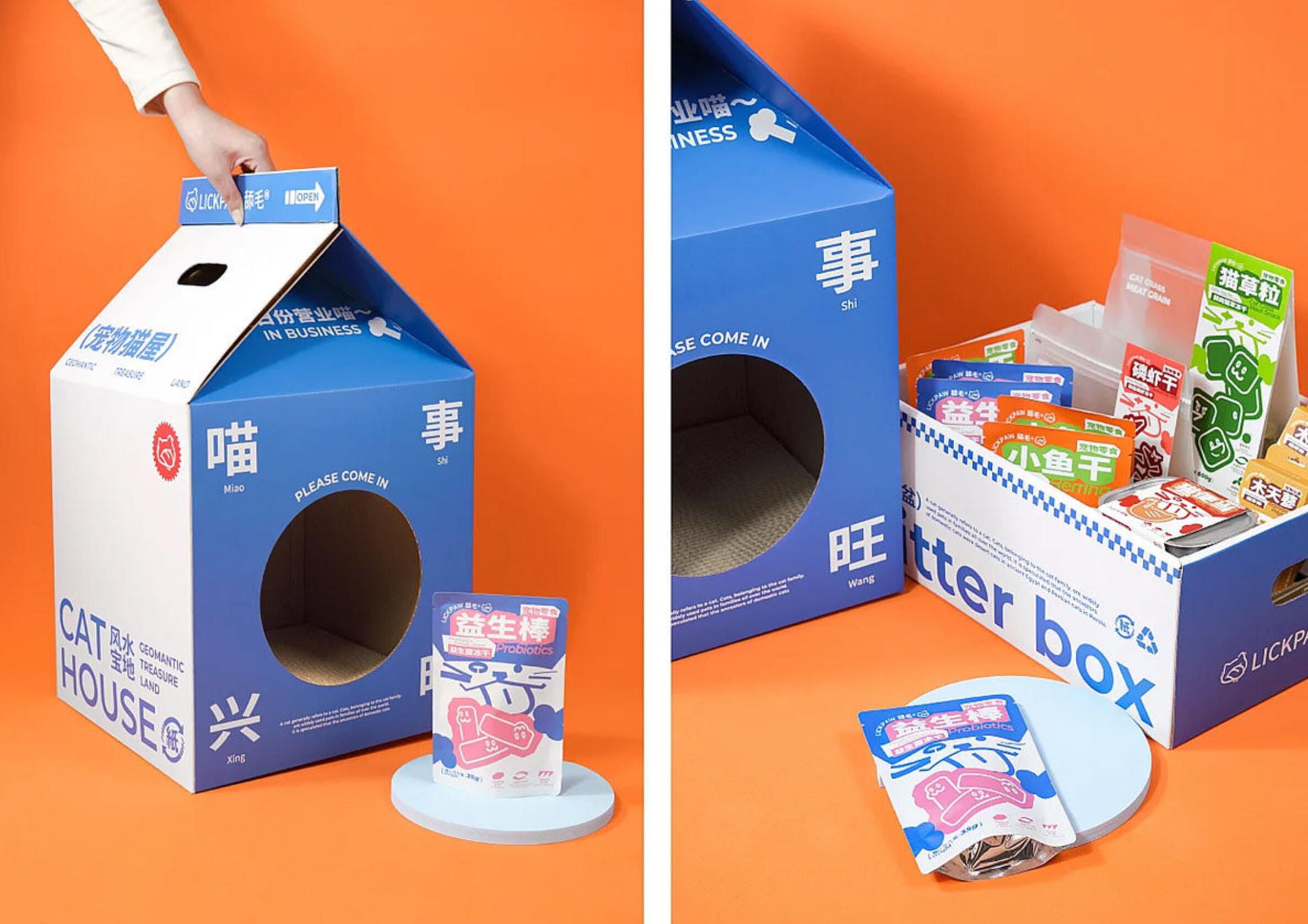Packaging box design serves not only as a protective enclosure for products but also as a powerful storytelling medium.
In today's competitive market, successful brands recognize the importance of captivating consumers with compelling
packaging designs that communicate the brand's values, evoke emotions, and create a unique experience. This article
delves into the concepts and storytelling techniques employed in packaging box design, exploring how they enhance
brand identity, engage customers, and leave a lasting impression.

Concept Development:
The conception of a packaging box design begins with a deep understanding of the brand's essence, target audience, and
desired message. It is crucial to establish a clear concept that aligns with the brand's values and resonates with its intended
consumers. Whether it's minimalistic elegance, eco-friendliness, or bold creativity, the concept should authentically represent the brand.
Visual Elements:
Visual elements play a vital role in storytelling through packaging design. Color palette, typography, graphics, and imagery must be
carefully selected to create a visually compelling packaging box. Each visual component should harmonize with the overall concept and
evoke emotions that resonate with the brand and its audience. For example, warm earth tones and organic illustrations might convey a
sense of naturalness and eco-consciousness for a sustainable skincare product.
Structural Design:
The structural design of a packaging box can be an integral part of the storytelling process. When a consumer interacts with a unique box
structure, it creates a sense of anticipation and intrigue. Unfolding layers, hidden compartments, or interactive elements can enhance the
consumer experience, allowing the packaging to tell a story as it is opened. This approach immerses consumers in a narrative and creates
a memorable connection with the brand and its product.
Narrative and Branding:
A packaging box design can effectively convey a narrative, further strengthening the brand's story. By incorporating storytelling elements
such as brand history, product origins, or customer testimonials, the packaging can engage consumers on a deeper level, fostering loyalty
and building trust. For example, a chocolate brand could include a short story about the cocoa bean's journey from a remote farm to a
delectable treat, creating an emotional connection and intrigue.

Sustainability and Ethical Values:
In today's eco-conscious society, packaging box design that aligns with sustainable and ethical values has gained significant importance.
Brands that prioritize environmentally friendly materials, recyclability, or reduced waste in their packaging not only contribute to a better
planet but also appeal to conscious consumers. The packaging itself becomes a statement of the brand's commitment to sustainability,
which can resonate with individuals seeking eco-friendly options.
Conclusion:
Packaging box design is more than a functional necessity—it is an opportunity for brands to tell compelling stories, connect with customers,
and differentiate themselves in the market. Through a thoughtful combination of concept development, visual elements, structural design,
storytelling, and sustainable practices, packaging boxes have the power to create a lasting impression. By intertwining creativity, functionality,
and purpose, packaging design contributes to the overall brand experience, evoking emotions, and fostering a strong brand-consumer relationship.
In my viewpoint, the merging of concepts and storytelling in packaging box design is a truly remarkable aspect of the creative process. As a consumer,
I am continually fascinated by the ability of packaging to transport me into a brand's world, making the product feel more than just a mere purchase.
I believe that in the future, packaging design will continue to evolve, employing technological advancements and innovative techniques to create even
more immersive and memorable experiences for consumers.






